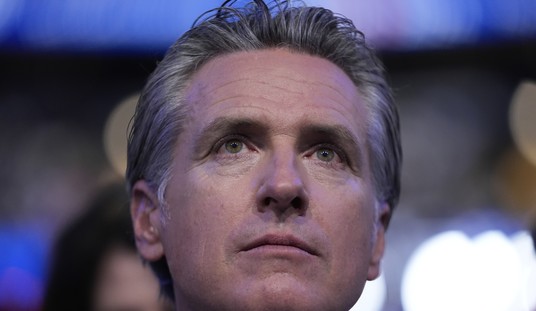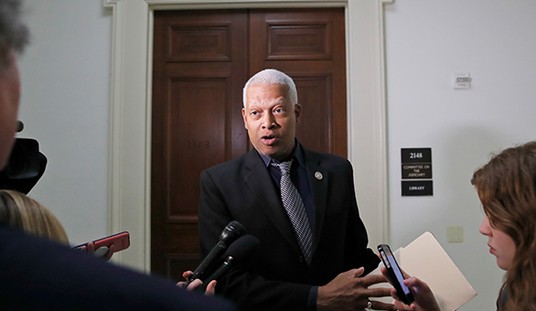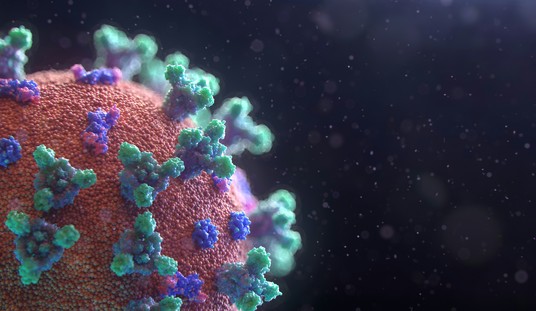The No Kings protests were a display of left-wing idiocy as participants dressed in costumes, chanted like ageing hippies at a Joan Baez concert, and held silly signs demanding that America have “no kings.”
It would appear that they achieved their goal, since we haven’t been ruled by a monarch in 249 years. Great job, guys.
As both our Nick Arama and Jennifer Oliver O’Connell noted in their coverage of the insanity, the crowds across the country seemed to look quite similar—they mostly seemed comprised of not-young white people. It turns out they were onto something, as American University researchers have discovered that one group in particular dominated the numbers:
According to researchers at American University who track protest movements, and whose findings were first reported by Axios, the typical D.C. attendee was an educated White woman in her 40s who learned about the demonstration through friends or social media.
"The 'No Kings' movement allows people to feel belonging and community," [Psychotherapist Jonathan] Alpert said. "Sharing grievances with like-minded people feels good, but it doesn’t necessarily change anything."
Color me not even sort of shocked.
READ MORE: The 'No Kings' Protests Are Exposed by a Few Simple Facts
Hot Takes: 'No Kings' Protests Across the Country (and World) Highlight Rebels Without a Clue
RedState’s Brad Slager also had a few rather pointed observations:
What else are we to make of the assembled codgers who sing insipid protest anthems, or make up a dance line with “Sweating To The Oldies”-level choreography? Does anyone insisting they are challenging authority and taking it to Trump ever step back for a moment and ask, how is he impacted by your tambourine ensemble? And the crowds of animal cosplay defy explanation.
I mean, does this look like an actual meaningful protest, or more like just a bunch of folks desperate to hang out and feel relevant?
Hmm.. have you wondered why this particular cross-section of civilization would engage in this behavior?
— Observing Consciousness (@holonabove) October 19, 2025
“No Kings” protest today in Chicago... the same demographics throughout the nation... seems rather "over the top"... geriatric white liberals...
Do you think the… pic.twitter.com/OwhxNY6ZoK
Imagine what they could haved achieved if they got together to do something constructive?
Imagine the difference the No Kings protesters could have made today in Portland if they focused on our local problems? Over 10,000 protesters who instead of spending their day, dressed up in costumes, spent their day cleaning our streets, cleaning, graffiti, helping the… pic.twitter.com/Kkhe0lSUTE
— Kevin Dahlgren 🥾 🥾 (@kevinvdahlgren) October 18, 2025
Over 10,000 protesters who instead of spending their day, dressed up in costumes, spent their day cleaning our streets, cleaning, graffiti, helping the homeless, spent money at a small business struggling. Etc. In one day, we would see a remarkable difference.
The whole thing would be hysterically funny, except these people get to vote:
😂🤣St.Louis City no kings protest looks more like a walk for mental illness..Endless signs that make no sense,people pissed about banned drag shows..Usual mental illness suspects bussed in with costumes.. pic.twitter.com/0iFWDTNIps
— St.Louis Woman🦅 •🇺🇲•America FIRST🦅 •🇺🇲 (@0708America) October 18, 2025
Here’s how the survey was done: Ten researchers went to a D.C. rally and got responses from every fifth person as they listened to speeches. They surveyed 358 people and discovered that 86 percent were white, and 57 percent were women.
Hardly a broad coalition.
Alpert has some explanations for what we witnessed, and I think he’s dead on. It’s a “hunger for connection,” he surmised:
"People are craving community, and this gives them a place to channel that. They’re surrounded by others who validate how they feel, and that validation can be addictive," he said. "Some protesters are equating the ‘No Kings’ movement with the Civil Rights Movement. In their minds, there’s an equivalency, but there really isn’t. They want to be part of something historically meaningful, and that longing can distort perspective."
That fleeting catharsis, Alpert added, can also mask something darker.
"A lot of times people are unhappy in their own lives," he said. "They may have anxiety or anger, and they project that onto others. That’s partly what we’re seeing play out at these rallies."
Where were the young people? Dana Fisher, a professor at American University's School of International Service, said they evidently had better things to do:
The median age of participants of Saturday's protest in D.C. was 44.
- "What we're basically seeing now is repercussions of young people feeling completely disenfranchised from our politics and our democracy," Fisher said.
What, if anything, the No Kings protests achieved is beyond me, but they’ll doubtless try to stage them again because they get to dance and sing and dress up as cartoon characters. Mostly, however, they just look like aimless ageing people desperate to be part of something larger than themselves.
You could always go to church, people.














